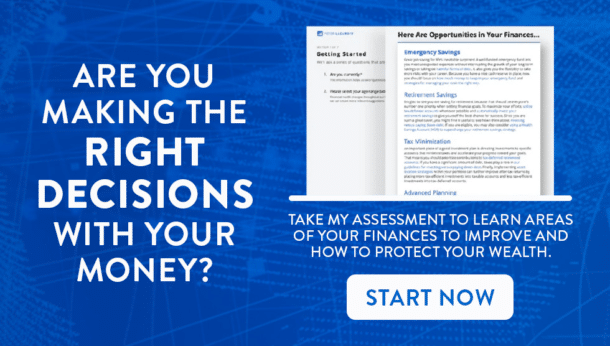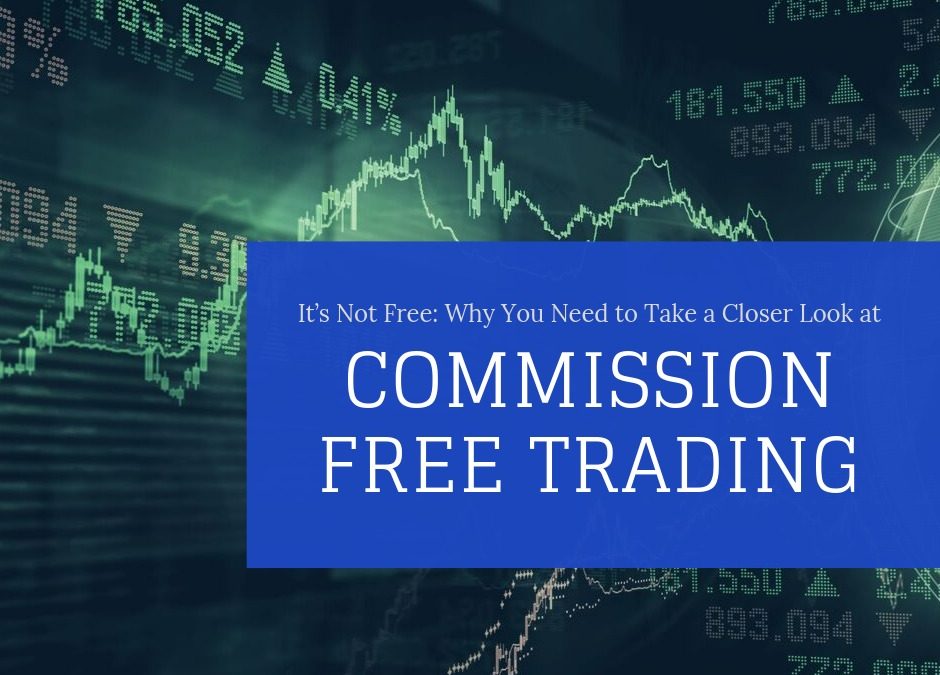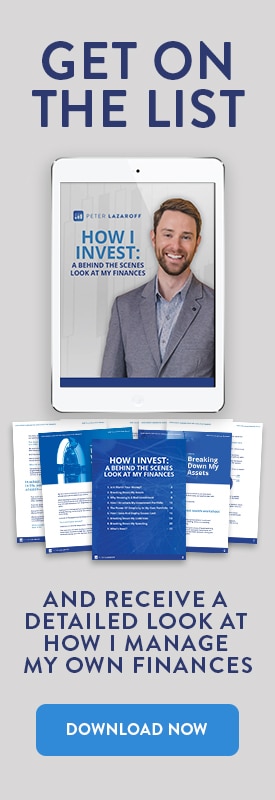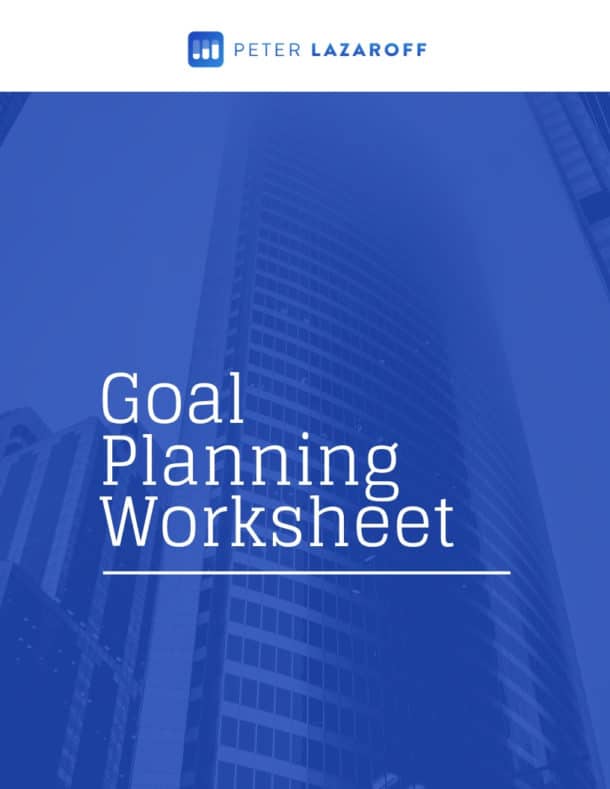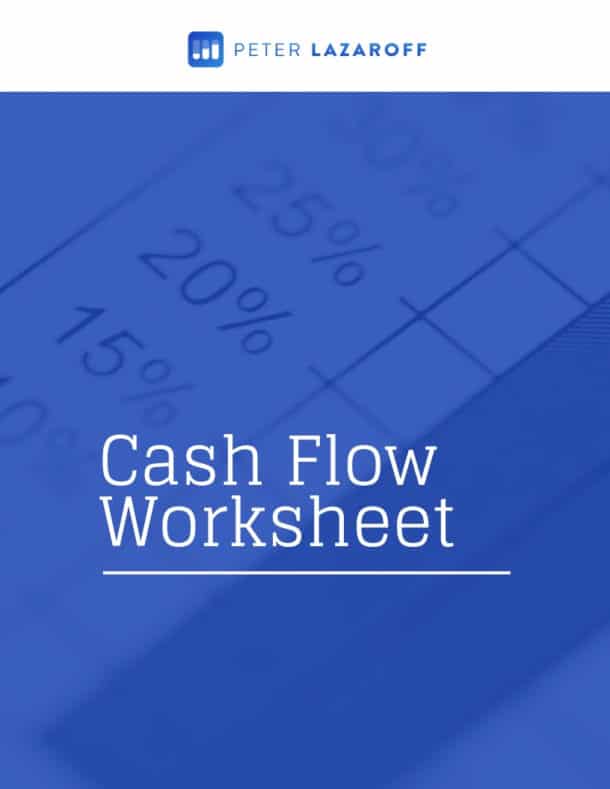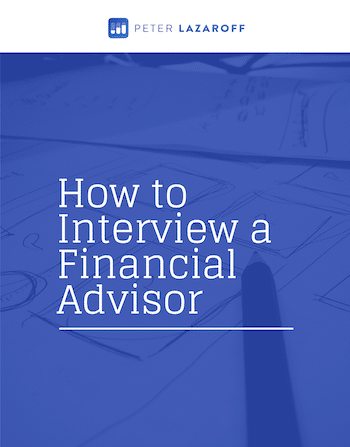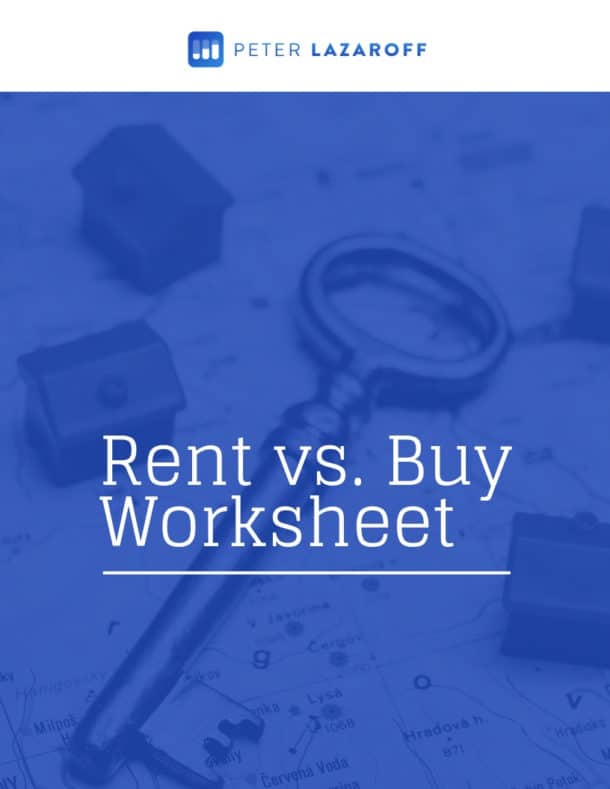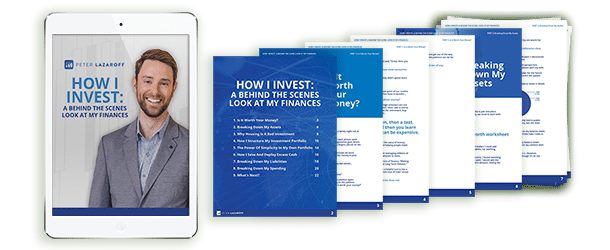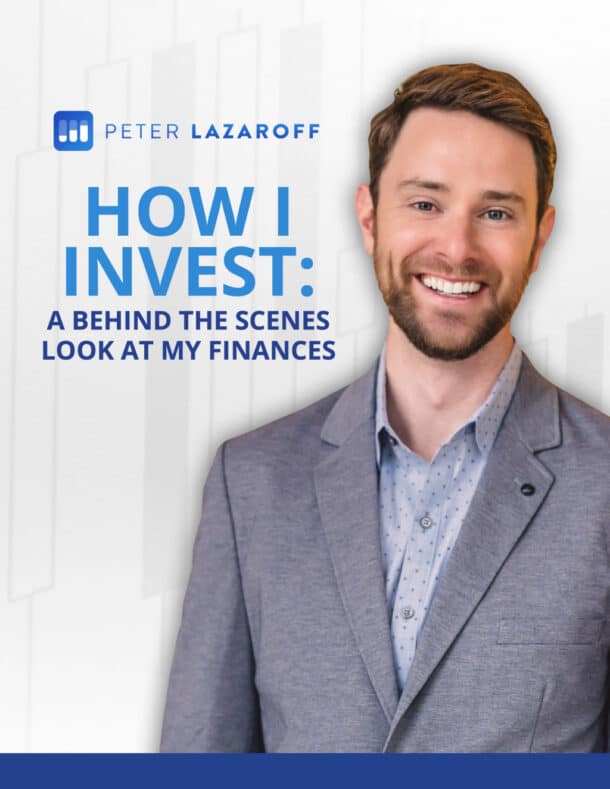On October 7th, Charles Schwab started offering commission-free trading. TD Ameritrade nearly fell over themselves to follow suit and match their competitor, but neither brokerage was the first to make this offer to their customers. Vanguard, J.P. Morgan, and Interactive Brokers all beat them to the free trading deal.
And while everyone cheers the parade of discount brokerage firms dropping trading costs to $0, I’m wondering whether this is really a victory for retail investors.
From a business perspective, removing trade commissions creates a large, splashy headline – but that might be about it. It used to cost hundreds of dollars to buy or sell a security, but discount brokerages have been slowly lowering costs for investors over time.
This is not something companies do out of the goodness of their hearts. This is business.
Going from charging between $5 and $10 a trade to providing free trades is unlikely to materially impact the earnings of discount brokerages in the long run. Trade commissions are a small percentage of their revenues. But I’m concerned those revenues will be replaced with less transparent costs.
No Cost Means Less Transparency
Let’s look at this from a business and economic perspective. If there are no costs for a product you use, then you are no longer the customer. You just became the product.
Let me explain…
As an investor, you incur explicit costs and implicit costs. Explicit costs are those like expense ratio, which is the operating cost of a fund. Implicit costs are things like the bid/ask cost, which shows you how much a market maker is charging to execute a trade.
Here’s a simple example to explain how a bid/ask spread works:
Imagine you want to purchase a share an index fund we’ll call Super Cheap Index Fund (ticker: XYZ). XYZ provides you access to the total stock market, so you will get great diversification, and has an expense ratio of 0.05%.
You look up the price of XYZ and see it is $100, but when you go to purchase a share, the askis $100.05. This equates to a purchase fee of 0.05% and roughly doubles the cost of your investment – but it’s just five cents. How big of a deal could that really be?
Well, it’s not free. And if you purchased 1,000 shares, then the implicit cost of the transaction is $50. That’s the “ask” whereas the “bid” applies to when you are selling. Using our previous example, you might see the price is currently $100, but you can only sell for $99.95.
Bid/ask spreads apply to individual stocks, too. They also aren’t always this small, so it’s something to keep an eye on, particularly with less liquid ETFs and individual stocks. Highly liquid investments will have a $0.01 bid/ask spread; those are ideal.
The Bigger Impact of More Hidden Costs
A second implicit cost that will deteriorate with “free” trading is execution prices. When you place trades with a discount brokerage, they sell that order to a third party to execute the order on your behalf.
The price at which this third party executes your trade may differ from the quoted bid or ask price.
Consider my earlier example of wanting to purchase a share of XYZ, which has an ask price is $100.05. When the discount broker sells your trades to a third-party, you may see that your trade is executed at $100.07.
The third-party makes money on keeping the spread on the difference between the bid/ask quotes and executed trade price. The discount brokerage makes money off of selling your trade flow.
Like my original example, the execution is only off by a few cents, but that adds up to big dollars when you consider the millions of transactions being handled on a day-to-day basis. One of the things we do at Plancorp is review random samples of our trades to see how execution prices compared to the other transactions that occurred at the same date and time.
But while being a professional allows me the tools to measure execution quality, the fees earned from selling trade flow remain opaque (at best). Unfortunately, it’s very difficult for the average investor to measure fair execution in the same way a professional advisor can.
You Might Get Free Trades, But You’re Still Generating Revenue for Brokerages
Another way discount brokerages make money off their customers-as-the-products is through cash accounts.
Look at the yield on your default cash “sweep” account. It’s probably just a few basis points. This is how brokerages act a lot like a bank: they use your cash to buy bonds (let’s say yielding 1.5%) and pay you as little interest in return as possible (maybe 0.05%).
While this way of making money off your business is less related to zero-trade commissions, it does give you a sense of where your value as a customer to the brokerage truly lies.
You also will never see the amounts fund providers pay to the custodians for “shelf space” on their platform. TD Ameritrade, for example, has long offered a large list of commission-free ETFs. How do you think those providers make the list? They pay for it.
Hopefully this sheds some light on the fact that you are the product and not the customer in these relationships, and will put “zero-commission” trades into more perspective.
Don’t Let the Temptation of “Free” Lead You to Bad Investment Choices That Cause Performance to Suffer
Yes, you can make as many trades as you want at no cost with these discount brokerages – but even that might not be a good thing if it encourages bad investor behavior.
Most investment success is about minimizing mistakes. The more activity you engage in, the greater the opportunities for a mistake. If you want to “take advantage” of free trading by trading more frequently, your results are probably going to be worse than had you not changed your activity at all.
Regardless, if you didn’t want to make a trade because it cost you $5, why would you would suddenly want to make the trade simply because it’s a little cheaper? We have a bias around the idea of something being “free” that makes us feel like we need to act on it or miss out.
But there’s a huge behavioral cost to anything that encourages more activity. Online platforms have perfected their page layouts, colors, designs, and notifications to appeal to your human desire to do something… even when the objectively best thing to do is nothing at all.
There is a long history of trading volumes increasing as trading costs have fallen, but there hasn’t been any improvement in investor returns. One reason might be because most people don’t understand the competition they face when trading.
That competition is pretty psyched about the prospect of people trading more frequently. There’s a saying about this in the poker world that’s attributed to all sorts of people, and it’s good to keep in mind when investing, too: “If you’re at a poker table and you don’t see a sucker, it’s you.”
Are There Any Benefits to More Access to Commission-Free Trading at Discount Brokerages?
There could be specific times or circumstances where eliminating the commissions off trades actually helps your situation. But in general, this move isn’t one to get extremely excited about, nor is it a good enough reason on its own to switch to one of these brokerages if you weren’t using them before.
None of the costs I’ve described are new, but this all serve as a good reminder that we can keep in mind when dealing with any for-profit company: “free” rarely means without costs.
Cheap is easy to understand and it’s good for investors because it improves the compounding of returns. There is good reason to keep fees down, and “free” doesn’t have to be bad or a sure sign of a trap for consumers.
What free does require is a lot more work to understand. As a fiduciary, it is my duty to advocate for clients and make sure the fees they are paying are fair. And in this case, to do so, we need to take a closer look and make sure we truly understand where all the costs are, especially if they’re less transparent than they used to be.
Next Steps…
This article is just one element of investing to consider. There are dozens of other tips and strategies I can share regarding investing and personal finance.
If you would like to hear more about how I can help you, book a quick 15-minute call with me.
You may also enjoy the free worksheets and checklists I have that will help you make smart financial decisions like deciding if you should rent or buy a house, determine your net worth, or figure out how much cash flow you have every month.
…
RESOURCE: Do you want to make smart decisions with your money? Discover your biggest opportunities in just 9 questions with my Financial Wellness Assessment.
